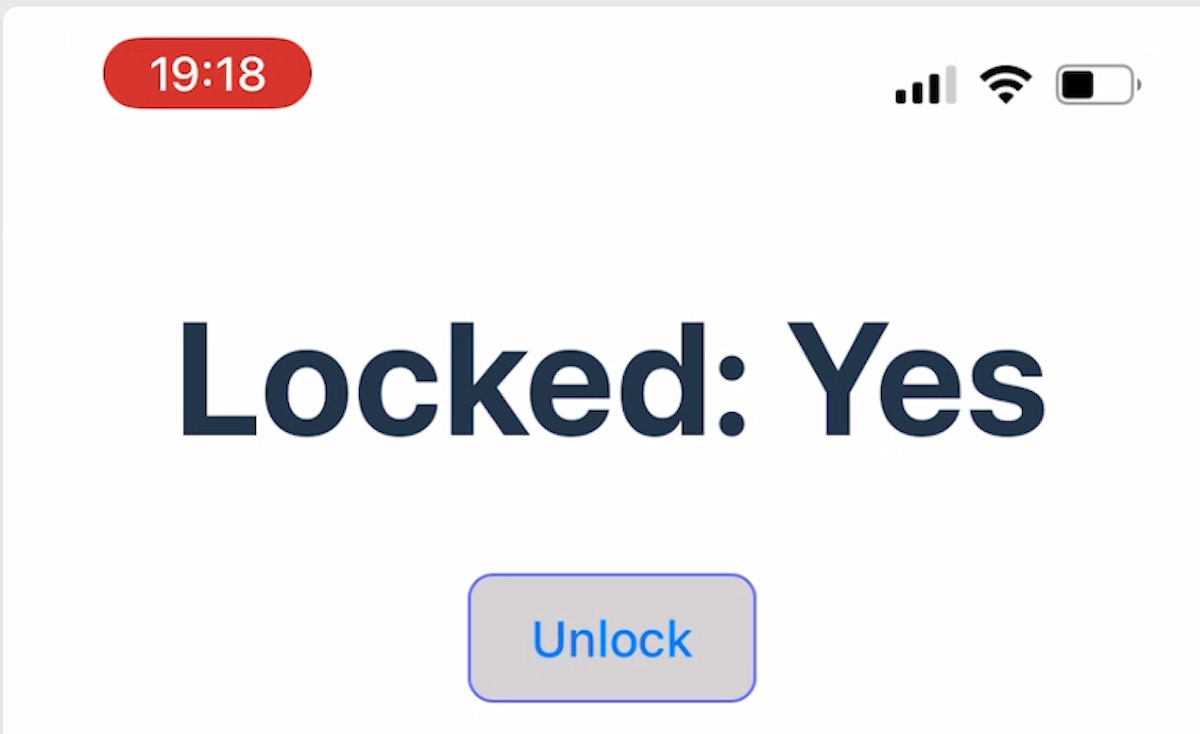7,837 reads
How to Use Screen Wake Lock API in React to Manage Screen Locking/Dimming in a Browser

Too Long; Didn't Read
Using Screen Wake Lock API in React to manage screen locking / dimming in a browserSenior full-stack Software Engineer
STORY’S CREDIBILITY

Guide
Walkthroughs, tutorials, guides, and tips. This story will teach you how to do something new or how to do something better.
TOPICS
THIS ARTICLE WAS FEATURED IN...
L O A D I N G
. . . comments & more!
. . . comments & more!


Share Your Thoughts